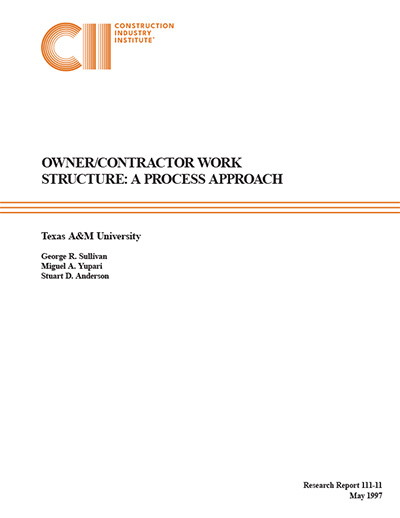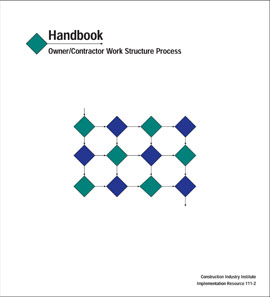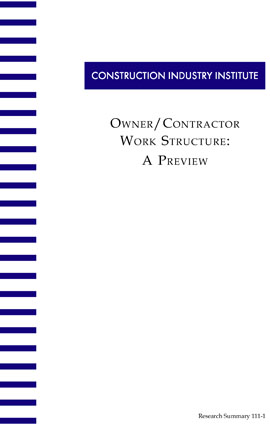
Core Competency Toolkit
Developing and safely executing capital projects that minimize the life-cycle cost of constructed facilities are usually the primary goals of any business that relies on capital investments for growth. The problem is that of deciding the extent to which contractors and suppliers can be relied upon during the development, engineering, procurement, construction, and startup of capital assets.
Owners’ internal engineering organizations have the primary responsibility of making these decisions and forming effective work relationships with contractors and suppliers. These engineering organizations are continuously under pressure to demonstrate that they are effectively utilizing in-house engineering and project personnel while using contractors and suppliers where practical. As a consequence, headcount of in-house engineering and project personnel often becomes one area where some owners engage in cost cutting activities.
Some owners form alliances and soon learn that even the alliance relationships need to be constantly managed, and that no real alternative exists for being a prudent buyer of services, regardless of the type of contractual relationship. Therefore, it is critical for owner companies to have a clear framework to communicate and manage their work relationships with the providers of project development and execution services.
The Owner-Contractor Work Structure (OCWS) process provides such a framework. The Owner/Contractor Work Structure Process Handbook (CII Implementation Resource 111-2) was developed in 1997 to provide owners with a decision-making process to identify project competencies, determine whether these competencies are core or non-core to the owner, and decide upon the most effective approach to outsourcing different project competencies. Five possible owner/contractor work relationships were defined in the handbook. This new version of the OCWS process constitutes a practical toolkit for defining the extent of involvement of owner and contractor personnel in various project activities or competencies, and provides a rational approach for hiring as well as outsourcing decisions.
The updated OCWS process has been simplified to encourage greater use. The main benefit of using the OCWS process is to ensure proper alignment between specific engineering, construction, and project management skills that owners and contractors provide to projects. Seamless alignment of owner and contractor personnel is a key to project success. The updated OCWS is designed to enable owners to achieve such alignment while minimizing costs associated with maintaining in-house engineering and project management personnel.
IR111-3, Core Competency Toolkit. Use of the Core Competency
Toolkit will help define owner and contractor roles in capital projects to ensure proper alignment of resources while minimizing owner costs.
Cited benefits to using the tool include:
- Systematic approach to determine key project competencies
- Vehicle for documenting decisions related to competency evaluation
- Vehicle for discussion when different viewpoints are represented
- Rationale for evaluating project skills and resources needed
- Instrument for eliminating gaps and minimizing overlaps through alignment of work relationships between owners and their contractors
- Instrument for rational organizational change
- Source for improved capital project effectiveness and an ingredient in achieving project success



